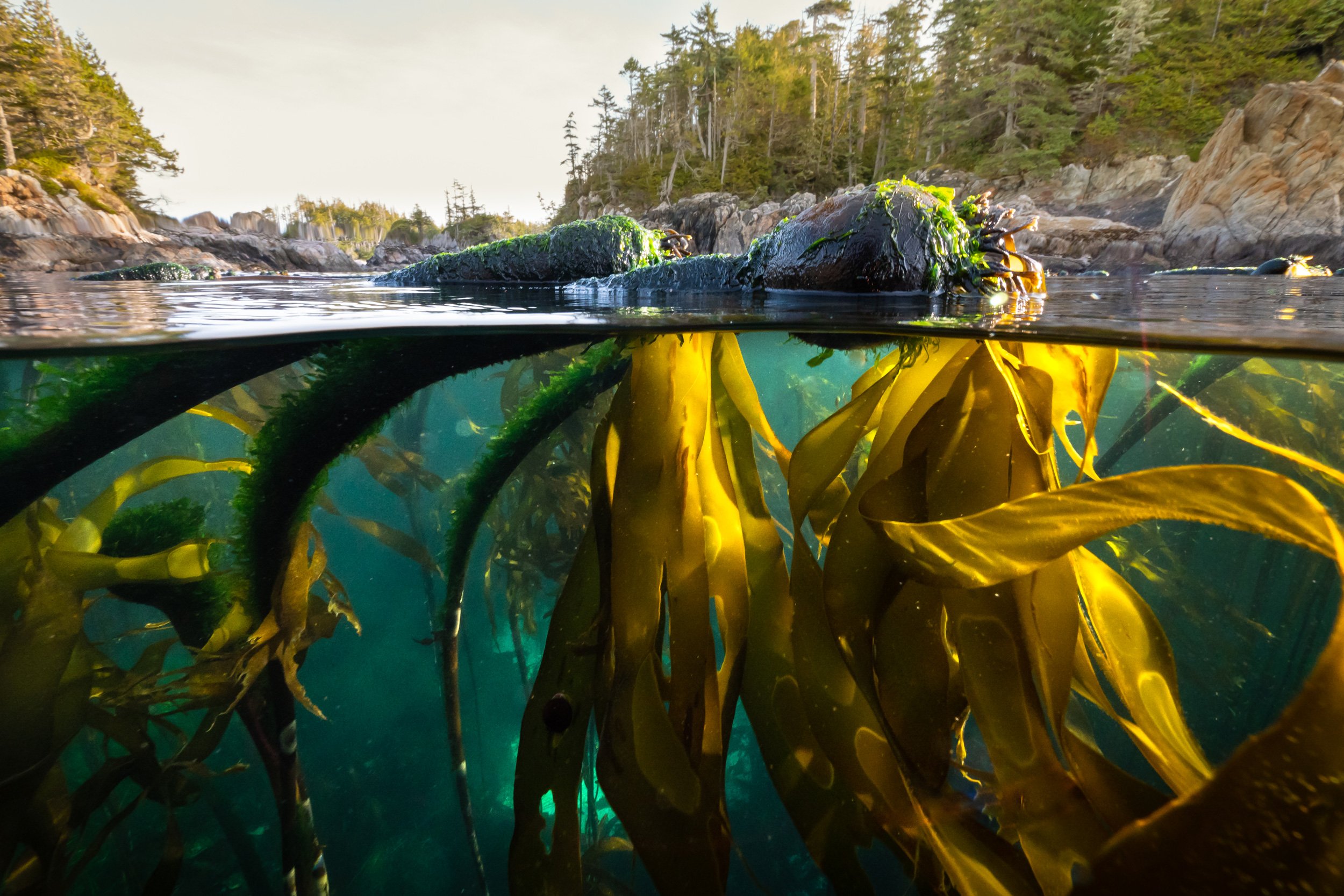
Scientific Research
Harnessing the Power of Seaplants : The Industry’s Journey to Pioneering Future Carbon Credit Opportunities
Seaforestry and seaplant farming have demonstrated the potential to capture carbon at a significantly faster rate than land-based sources, up to 20 times faster. They also act as efficient carbon sinks. However, there is still a need to quantify the exact amount of carbon captured and stored by seaplants. The industry and organizations are actively working on developing solutions for the measurement, verification, and reporting (MRV) of carbon and greenhouse gas (GHG) emissions captured and stored by seaplants.
To achieve this, further research and development (R&D) are required, along with alignment with global standards for blue carbon credits and seascape carbon credits. Our organization is committed to developing high-quality projects, which is why we currently do not offer carbon credits. Companies that engage in Seaforest Activations will have the first right of refusal on future carbon credits that may become available as a result of their efforts in bringing these activations to life.
Below is a growing list of scientific articles that highlight the progress of kelp carbon projects:
1) Kelp forests capture nearly 5 million tonnes of CO2 annually
Journal reference Nature Communications
The value of ecosystem services in global marine kelp forests
2) Project Drawdown : Protecting and restoring Macroalgae habitats could enhance carbon sequestration
Journal reference Nature Geoscience
Substantial role of macroalgae in marine carbon sequestration
3) [Title of Scientific Article 3]
Journal reference Nature Communications
4) [Title of Scientific Article 4]
Journal reference Nature Communications
5) [Title of Scientific Article 5]
Journal reference Nature Communications

